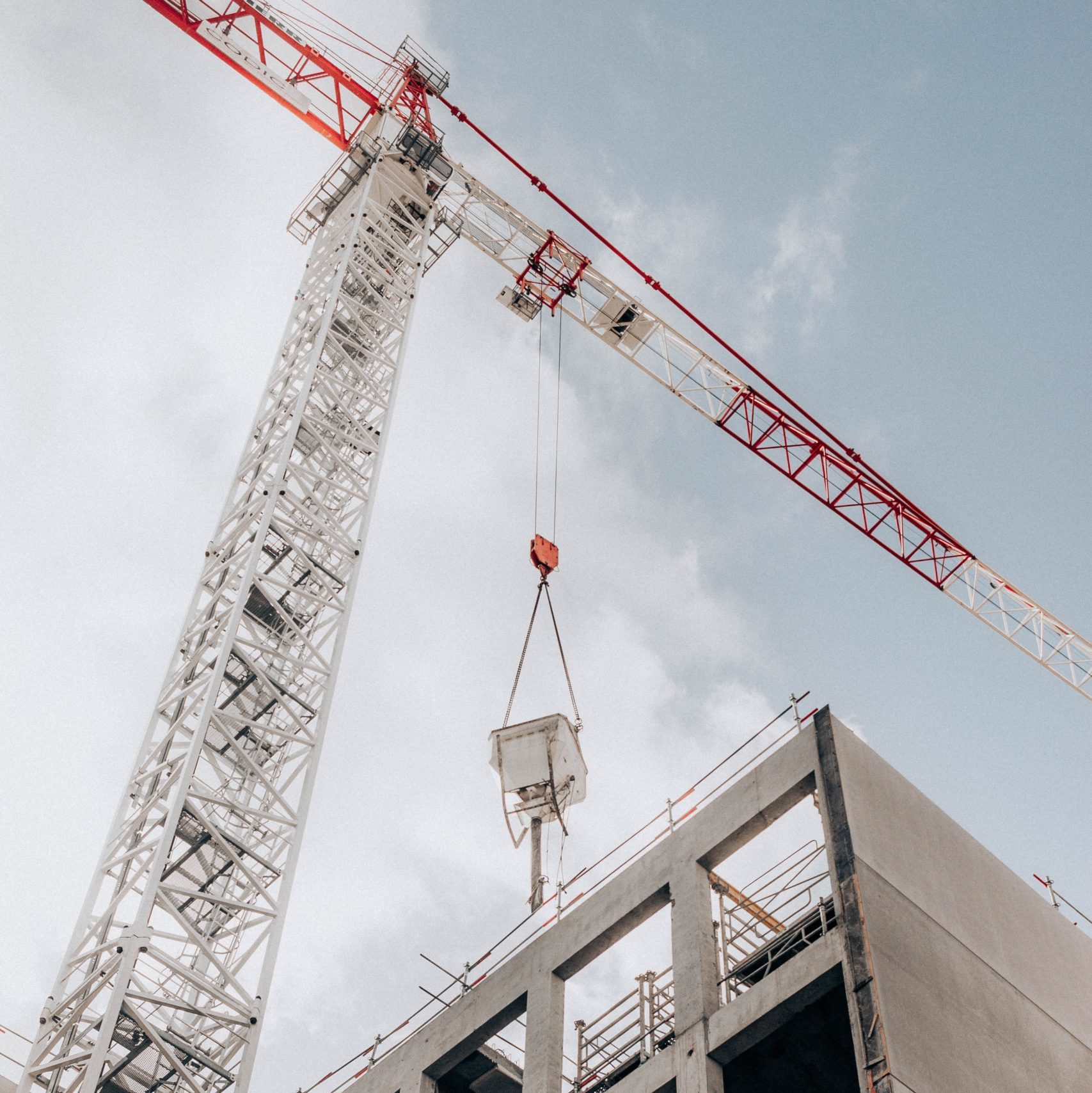11/1/2021
The Champlain Towers South condominium collapse was a devastating event that spurred many conversations about current safety regulations in the area. On June 24th, 2021, the condo collapsed in the middle of the night. This was in the midst of its 40-year inspection. As recently as 2018, a report noted “major structural damage” caused by a lack of proper drainage on the pool deck. A comprehensive inspection years prior could have mitigated the disaster.
Following this, a coalition of building professionals called the Surfside Working Group met to establish recommendations for safety that they provided to the state legislature on October 28th. These recommendations include specifics for buildings in or near corrosive saltwater environments, and a peer review for all new construction. These recommendations are far more stringent than the existing regulations, and seek to standardize building code statewide.
Although these new regulations would be a significant step forward, why was this standard of safety not already in place? Especially in an environment known to be destructive to buildings over a long period of time, only mandating inspections after 40 years leads to high potential for disaster. Is the cost of inspection the deterrent against more safety? Inspections for large buildings can cost thousands of dollars, which can certainly be a burden. The Surfside Working Group recommends that the inspections be paid for by building owners, but it would certainly be reasonable for occupants to take an active role in ensuring their own safety as well. Peer reviews would also slow down new construction and be an added cost of its own.
How much should we be willing to pay for safety then? Are the current regulations enough, and this was just a fluke? Is this the reason we have all sorts of insurance for buildings, renting, and homes? Do we expect that over decades, this sort of event will be so rare that it isn’t a problem?
These questions can be addressed individually, by communities, or by governments, but it’s difficult to determine a right or wrong answer for any group. An individual homeowner can of course choose to get their home inspected anytime, given they pay the cost, but a renter in a large apartment building doesn’t have that type of power. The trust then falls to the building owner, who, for aforementioned reasons, likely subscribes to the bare minimum requirements. At this point, the government then becomes the arbitrator, yet is working for its constituents. In this regard, everyone should take an active role in determining their safety.
These problems persist nationwide, and disaster can strike anywhere. Many areas are filled with historic homes that are protected by law but would not pass an inspection, or have frequent natural events that could jeopardize safety at any moment. Closer to home, many of us at USC live in fairly old apartment buildings and houses, with very little transparency on inspections or safety protocol. Building safety should be addressed around the United States, and reformed as needed, so that we can confidently mitigate issues before disaster can strike again.

